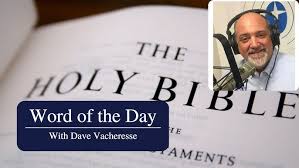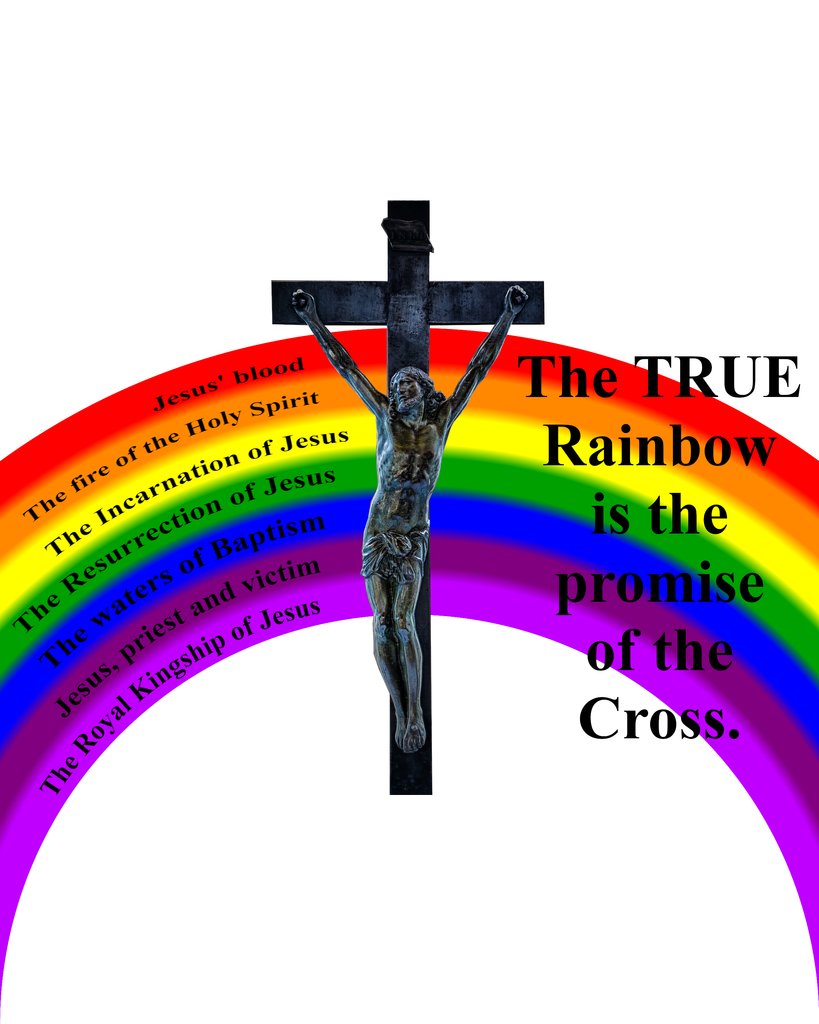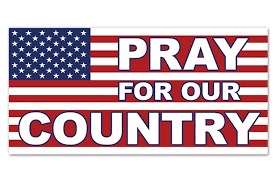All You Wanted to Know About Ryan’s Position on Life in His Own Words
I write as an unswerving proponent of both free market choice and the natural right to life. It is unfortunate that “life” and “choice” were ever separated and viewed as alternatives. This is a false dilemma. Logically, each implicates the other.
I am deeply committed to capitalism, the “system of natural liberty,” as Adam Smith called it. Free markets create unparalleled prosperity and have a moral basis in freedom and choice. Under capitalism, people exercise their right to choose products and services they prefer, to pursue the job or career they desire, the business they wish to establish or deal with, the kinds of investments and savings they favor, and many more options. These choices reflect individuals’ hope to improve their lives and to develop their full human potential. While freedom of choice alone doesn’t guarantee happiness, it is essential to the pursuit of happiness.
As a champion of capitalism, I strongly support every person’s right to make these economic choices and to fight against government efforts to limit them. Freedom and the choice it implies are moral rights which Americans are granted, not from government but from the principles that have made this a great and prosperous society. These principles uphold the equal natural rights of all human beings to live, be free, and pursue happiness, insofar as the exercise of these rights does not violate the corresponding rights of others. Individuals grow in responsibility, wisdom, intelligence, and other human qualities by making choices that satisfy their unique needs and by avoiding things that do not. Government helps maintain the rule of law that makes all this possible, but government’s role is very limited when it comes to our specific choices. Under our Constitution, government’s job is to guarantee the universal human rights of its citizens. By virtue of its mission in this social contract, government cannot possess unlimited power.
Yet to ensure that this guarantee is consistently provided, the government first needs to determine whose rights should be protected—that is, what the concept of a human being entitled to natural rights denotes. The rights of any entity that qualifies as “human” must be protected.
The car which I exercised my freedom of choice to purchase is not such an entity and does not “qualify” for protection of human rights. I can drive it, lend it, kick it, sell it, or junk it, at will. On the other hand, the widow who lives next door does “qualify” as a person, and the government must secure her human rights, which cannot be abandoned to anyone’s arbitrary will.
Rights and Personhood
Yet, identifying who “qualifies” as a human being has historically proved to be more difficult than the above examples suggest. Twice in the past the U.S. Supreme Court—charged with being the guardian of rights—has failed so drastically in making this crucial determination that it “disqualified” a whole category of human beings, with profoundly tragic results.
The first time was in the 1857 case, Dred Scott v. Sandford. The Court held, absurdly, that Africans and their American descendants, whether slave or free, could not be citizens with a right to go to court to enforce contracts or rights or for any other reason. Why? Because “among the whole human race,” the Court declared, “the enslaved African race were not intended to be included…[T]hey had no rights which the white man was bound to respect.” In other words, persons of African origin did not “qualify” as human beings for purposes of protecting their natural rights. It was held that, since the white man did not recognize them as having such rights, they didn’t have them. The implication was that Africans were property—things that white persons could choose to buy and sell. In contrast, whites did “qualify,” so government protected their natural rights.
Every person in this country was wounded the day this dreadful opinion was handed down by this nation’s highest tribunal. It made a mockery of the American idea that human equality and rights were given by God and recognized by government, not constructed by governments or ethnic groups by consensus vote. The abhorrent decision directly led to terrible bloodshed and opened up a racial gap that has never been completely overcome. The second time the Court failed in a case regarding the definition of “human” was in Roe v. Wade in 1973, when the Supreme Court made virtually the identical mistake. At what point in time does a human being exist, the state of Texas asked. The Court refused to answer: “We need not resolve the difficult question of when life begins. When those trained in the respective disciplines of medicine, philosophy, and theology are unable to arrive at any consensus, the judiciary, at this point in the development of man’s knowledge, is not in a position to speculate as to the answer.” In other words, the Court would not “qualify” unborn children as living persons whose human rights must be guaranteed.
Since the Court decided there was no “consensus” on when fetuses become human persons, it struck down abortion restrictions in all 50 states that thought they had reached a “consensus.” Only those already born “qualified” for protection. Moreover, the already born were empowered to deny, at will, the rights of persons still in the womb. The Court did not say that, given the lack of consensus, the matter ought to be left to the states. It did not choose to err on the side of caution, since human lives might be at stake. Nor did it choose not to rule on the matter. These options would seem to be rational courses in light of the Court’s stated agnosticism. Instead, the Court used the lack of consensus to justify prohibiting states from protecting the life of the unborn.
Like the Dred Scott decision, this opinion has wounded America and solved nothing. It has set good people on all sides against each other, fueled a culture war, split churches, soured politics, and greatly strained civil dialogue. A recent Gallup poll showed that 51 percent of Americans consider themselves pro-life, 42 percent are pro-choice, and 7 percent not sure.1
President Obama has done nothing to bridge the gap. During his campaign last year, he was asked when a “baby” has “human rights.” He answered by practically repeating the Supreme Court’s confused response: “[W]hether you’re looking at it from a theological perspective or a scientific perspective, answering that question with specificity, you know, is above my pay grade.” God alone, he implied, knows whether babies are human beings!
Now, after America has won the last century’s hard-fought struggles against unequal human rights in the forms of totalitarianism abroad and segregation at home, I cannot believe any official or citizen can still defend the notion that an unborn human being has no rights that an older person is bound to respect. I do know that we cannot go on forever feigning agnosticism about who is human. As Thomas Jefferson wrote, “The God who gave us life gave us liberty at the same time.” The freedom to choose is pointless for someone who does not have the freedom to live. So the right of “choice” of one human being cannot trump the right to “life” of another. How long can we sustain our commitment to freedom if we continue to deny the very foundation of freedom—life—for the most vulnerable human beings?
At the core, today’s “pro-choice” liberals are deeply pessimistic. They denigrate life and offer fear of the present and the future—fear of too many choices and too many children. Rather than seeing children and human beings as a benefit, the “pro-choice” position implies that they are a burden. Despite the “pro-choice” label, liberals’ stance on this subject actually diminishes choices, lowers goals, and leads us to live with less. That includes reducing the number of human beings who can make choices.
In contrast, pro-life conservatives are natural optimists. On balance, we see human beings as assets, not liabilities. All conservatives should find it easy to agree that government must uphold every person’s right to make choices regarding their lives and that every person’s right to live must be secured before he or she can exercise that right of choice. In the state of nature—the “law of the jungle”—the determination of who “qualifies” as a human being is left to private individuals or chosen groups. In a justly organized community, however, government exists to secure the right to life and the other human rights that follow from that primary right.
Conservatives can bridge the gap on issues of life and choice by building on the solid rock of natural rights, which belong, not just to some, but to all human beings.








